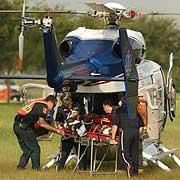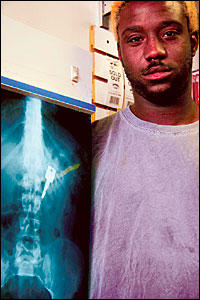More on Ottumwa
From the Cedar Rapids Gazette
Federal officials said they plan to revoke Ottumwa Regional Health Center's Medicaid and Medicare reimbursements next month even though the hospital is appealing a ruling that it mishandled an emergency psychiatric patient.
The U.S. Centers for Medicare and Medicaid Services determined that the hospital improperly discharged an emergency room patient with an unstable medical condition.
Ottumwa Regional CEO Lynn Olson denied the allegations.
David Werning, spokesman for the Iowa Department of Inspections and Appeals, said the Ottumwa case "is an extraordinary circumstance."
"I can understand the hospital trying to minimize or put their best spin on this thing, but I don't think it's necessarily fair for them to try to downplay the seriousness of these particular episodes," he said.
An April inspection at the hospital resulted in an allegation that it had repeatedly failed to take night-time referrals of psychiatric cases from other hospitals.
The answering service for the hospital's psychiatrists was allegedly under instructions to "hold all calls" from referring hospitals between the hours of 10 p.m. and 10 a.m. One of the psychiatrists allegedly explained to inspectors, "We were getting tired of receiving so many calls during the night."






